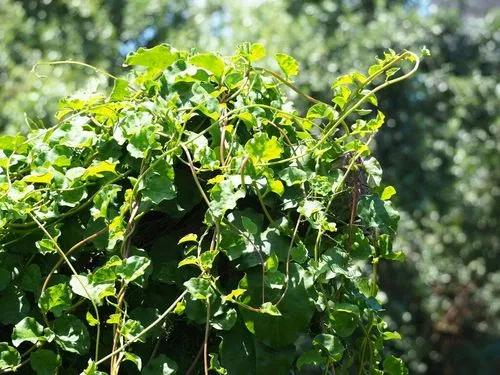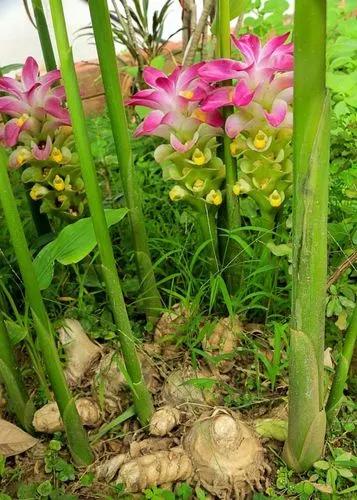Hydrangea paniculata, the panicled hydrangea, is a species of flowering plant in the family Hydrangeaceae native to southern and eastern China, Korea, Japan and Russia. Numerous cultivars have been developed for ornamental use.
Peegee hydrangea Care
Hydrangea paniculata



Hydrangea paniculata is a deciduous shrub or small tree, 1–5 m (3.3–16.4 ft) tall by 2.5 m (8 ft) broad, growing in sparse forests or thickets in valleys or on mountain slopes. The leaves are broadly oval, toothed and 7–15 cm (3–6 in) long. In late summer it bears large conical panicles of creamy white fertile flowers, together with pinkish white sterile florets. Florets may open pale green, grading to white with age, thus creating a pleasing “two-tone” effect. Hydrangea is derived from Greek, meaning ‘water vessel’, in reference to the shape of the capsules. Paniculata means ‘with branched-racemose or cymose inflorescences’, ‘tufted’, ‘paniculate’, or ‘with panicles’. This name is in reference to the flowers of this species.
How to Care for the Plant

Water

Water deeply and thoroughly 3 times a week when establishing a plant. Use a slow release fertilizer when possible. Mulch a plant to retain moisture. If a leaves are drooping, it is time to water a plant. If a leaves are yellowing and turning brown, check for standing water or a clogged drainage hole.

Pruning

To prune a plant to encourage bushy new growth, snip off the dominant buds on select stems, staggering the cuts to encourage varied growth.

Fertilizer

Mix the recommended amount of liquid fertilizer and water in a watering can. Then simply pour the mix into the soil as if you're watering the plant.

Sunlight

Light is an essential factor in maintaining plants. The rate of growth and length of time a plant remains active is dependent on the amount of light it receives. Light energy is used in photosynthesis, the plant's most basic metabolic process.

Soil

Loam soil offers a great balance of silt, sand, and clay as well as a bit of hummus.

Temperature

The tree is hardy and can be grown in the areas with the lowest winter temperatures of −40°C (−40°F).

Container

Choose a pot that is 2.5-5.08 cm (1-2”) larger than the current size.

Popularity

15,570 people already have this plant 1,591 people have added this plant to their wishlists
Discover more plants with the list below
Related articles






